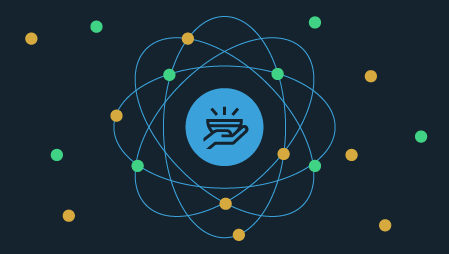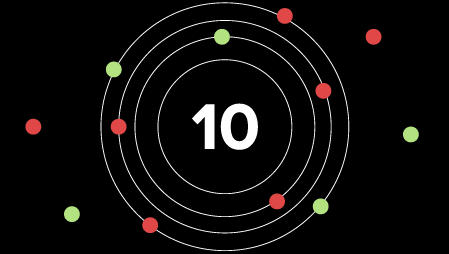Ready to learn Internet of Things? Browse courses like Internet of Things (IoT) Training developed by industry thought leaders and Experfy in Harvard Innovation Lab.
“Why incur the expense of generating and collecting all of this IoT data if you’re not going to monetize it?”
Organizations are racing to embrace the Internet of Things (IoT) as the pundits create “visions of sugar-plums dancing in their heads.” McKinsey Global Institute released their study “The Internet of Things: Mapping the Value beyond the Hype” in June 2015 that highlighted the staggering financial value that IoT could create!
The folks at Wikibon provided a perspective on the sources of “IoT monetization” in their recent research titled “Harvesting Value at the Edge” written by the always delightful and provocative Neil Raden. To quote the Wikibon research:
IoT, though a useful application of available technology, and well-defined at the hardware and network levels, the heart of IoT, that part that yields the real value, is edge analytics. Making sense of the sensor data before it comes home. We already know how to stream massive amounts of data into data lakes for later analysis, but analytics at the edge begs a different approach.
I didn’t necessarily agree entirely with Neil’s assertion that most of the value would be created at the edge. While it’s true that there are lots of insights at the edge, especially in enabling a new family of operational use cases, most of the insights at the edge are very tactical.
Just as there is a big difference between data and analytics, there is an even more significant difference between insights and action, which is the difference between having insights versus making insights actionable. Insights without action are…well, why bother. Insights are not valuable until they are delivered to a user that can apply those insights to make better decisions. And for the more operational and strategic use cases, those decisions happen at the core and cloud.
There is even more strategic value as you move further back to the core and cloud.
Note: while there seems to be much industry confusion about terminology concerning the IoT analytic tiers, for purposes of this blog I will be using Edge, Core and Cloud to represent the different tiers. This analytics architecture looks like a Neural Network, especially when one considers that there could be multiple layers at the Core or middle tier.
The analytics being performed at the different IoT tiers include:
- Edge analytics: real-time analytics to monitor device or sensor performance, flag anomalies, and optimize performance of the individual device or sensor. Analytics performed at the edge are event driven, reactive model execution (not model development) with real-time data compression and decision-making
- Core analytics: distributed, near-time analytics to optimize performance and utilization of cluster of devices or sensors that comprise a larger community such as a wind farm, building, airplane or oil drilling platform. Analytics performed at the core are localized predictions to drive near-time decisions that optimize group performance and yield using data from the clusters of neighboring devices or sensors.
- Cloud analytics: centralized analytics to optimize more strategic business and operational use cases across all tiers. Cloud analytics create predictive and prescriptive analytic models to support more strategic use cases such as demand planning, capacity planning, predictive maintenance, pricing, asset usage optimization and new product introductions. Analytics performed at the cloud process data from all devices plus integrate external data sources to facilitate analytic model development, refinement and continuous learning.
Adding decision latency – where decision latency is the amount of time required to process the data and take action – across the tiers helps clarify the optimal location of the IoT operational and business use cases. Lets show sample use cases (and typical data sources) at each of the analytic tiers mapped against the latency of decisions necessary to support those use cases.
Combining the use cases with decision latency guides us in determining what data we are going to need, the latency of those data sources, and what sorts of predictive and prescriptive analytics we are going to need at the different tiers across the IoT analytics architecture.
Creating an IoT Monetization Roadmap
Ultimately, the goal of any IoT initiative should be to couple these new sources of IoT data with advanced analytics to power the business. We can use the Big Data Business Model Maturity Index as a guide to help us to create an IoT Data Monetization Roadmap
For example in the Utilities industry, we can then map the top priority IoT operational and business use cases against the Big Data Business Model Maturity Index to create a use case roadmap that drives the IoT Monetization efforts.
See the blog “Difference between Big Data and Internet of Things” for more details about the unique data and analytic requirements necessary to exploit the IoT monetization opportunities.
Creating an IoT Monetization roadmap should be the top priority for any IoT initiative. Take the time to identify, validate and prioritize those use cases with the key business stakeholders and constituents to ensure that you are focused on the right use cases in the right order. There is no value in generating and collecting the data if you don’t have a plan for how to monetize that data.



